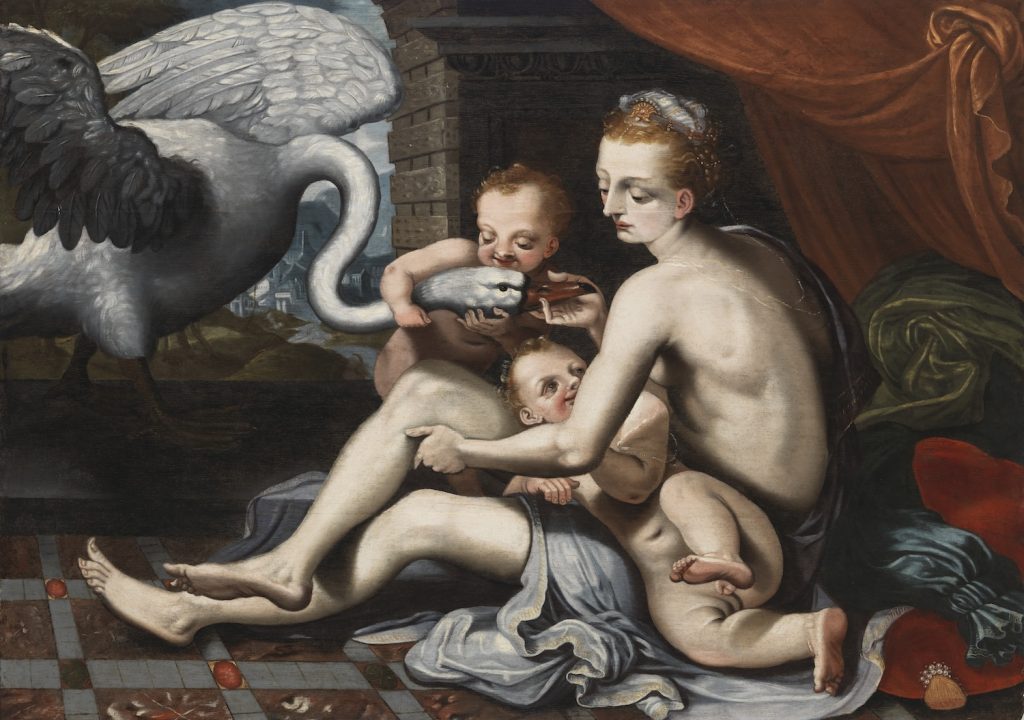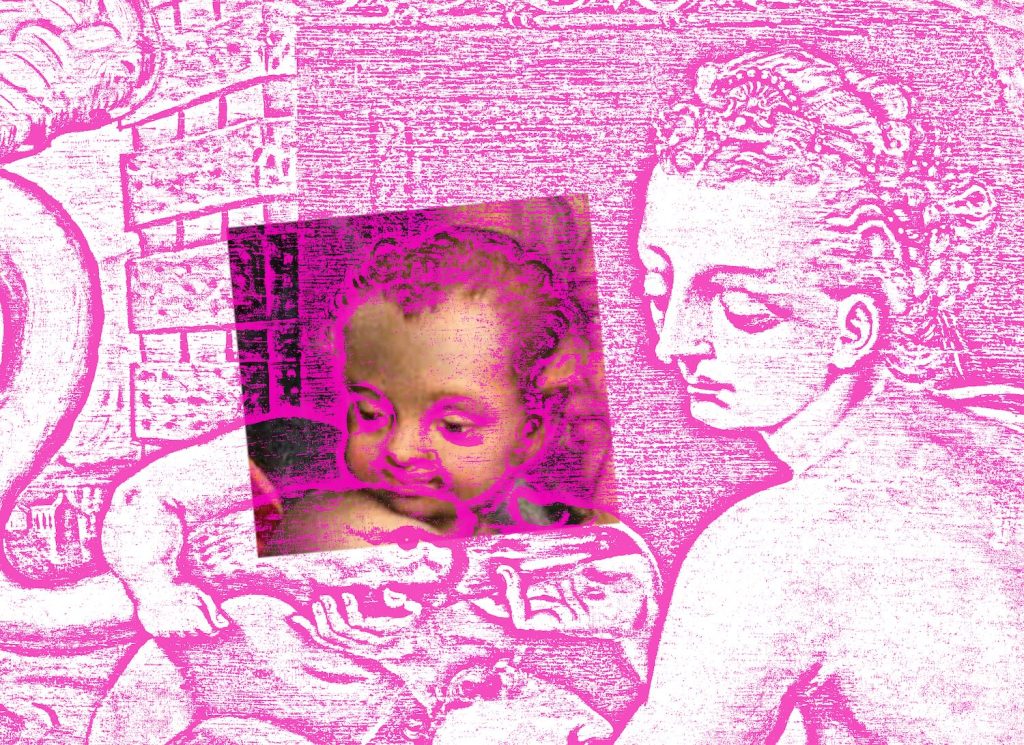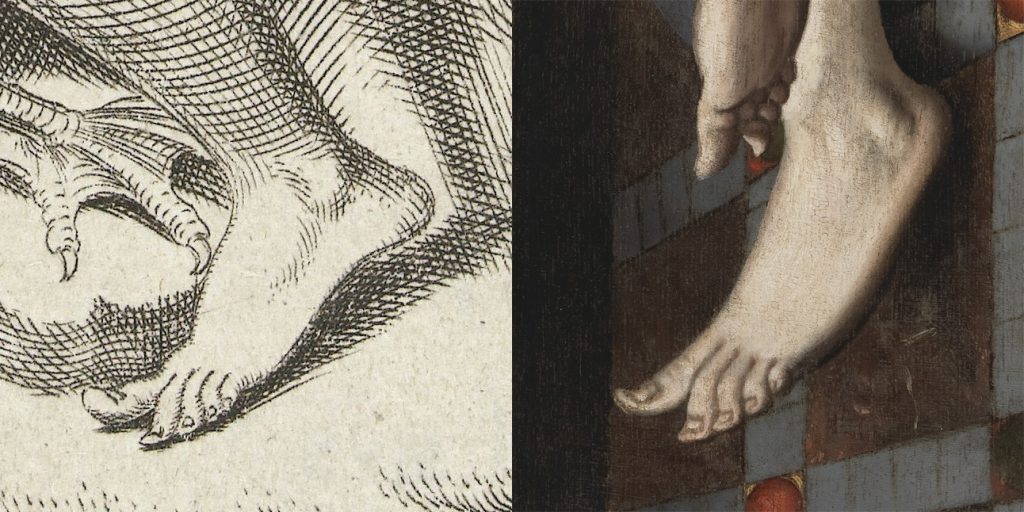Leda and the Swan
OCTOBER 2024
The authorship of a work attributed to Jan van der Straet In Serlachius’ collection is questioned in a new study
The painting depicts a scantily clad woman resting in a half-sitting position in the interior of the palace on fabrics and pillows embroidered with gold threads. The blue wrinkled sleeve of the stripped dress can be seen behind her. Also present are two male children resembling cupids and a large swan with a beak tenderly held by a woman. The exceptionally skilfully painted swan is Jupiter, the chief god of Greco-Roman mythology, who is mythically infatuated with Queen Leda of Sparta as she bathes in the Eurotas River. The woman in the painting is Leda, and the two male children born from the encounter are the dioscures Pollux and Castor, on whose legend the zodiac sign Gemini is based.
Leda and the Swan is best known among the many love adventures of Jupiter, in which the god figure seduces the object of his desire, having transformed himself. The subject was popular already in antiquity, and Italian artists picked it up again in the late 1400s. During the Renaissance, it soon spread north of the Alps as well. The myth inspired many key artists, including Leonardo da Vinci and Michelangelo. The painting in the possession of the Gösta Serlachius Fine Arts Foundation is inspired by Michelangelo’s afterflow. In my master’s thesis, which will be completed in spring 2024, I will deal with this previously unexplored work. I located it in a Flemish area near Antwerp around the 1550s. The work was probably created by a hitherto unidentified artist or journeyman from around Antwerp. It may also be a collaboration between several artists.
In addition to Michelangelo, the painting is influenced by many Flemish master artists of the time. At least Michie Coxcie and Cornelis Bos, who have gained expertise in Italy, can be named as influencers. The artist must have had access to a large collection of graphic works when combining many image sources, and for this reason he must have belonged to one or several wealthy studios. The image tradition built on role models should not be understood as copying, but as raising the value of a new work and as intellectual play. The artists proved their virtuosity and innovation by combining well-known works in a new way. At the same time, Leda and the Swan in Serlachius’ collection differs significantly from its benchmark pieces, providing a delicious setting for the researcher.
The exceptional nature of the painting raises questions about the person who commissioned it. Leda’s activity as a sexual actor in the painting is – despite the simultaneous expressions of morality – exceptional for its time. The painting communicates both innocence and arousal, which leaves room for further study. In the future, technical research may provide answers hidden beneath the surface of the painting, such as changes in composition.
Vera Tuononen
Art historian




